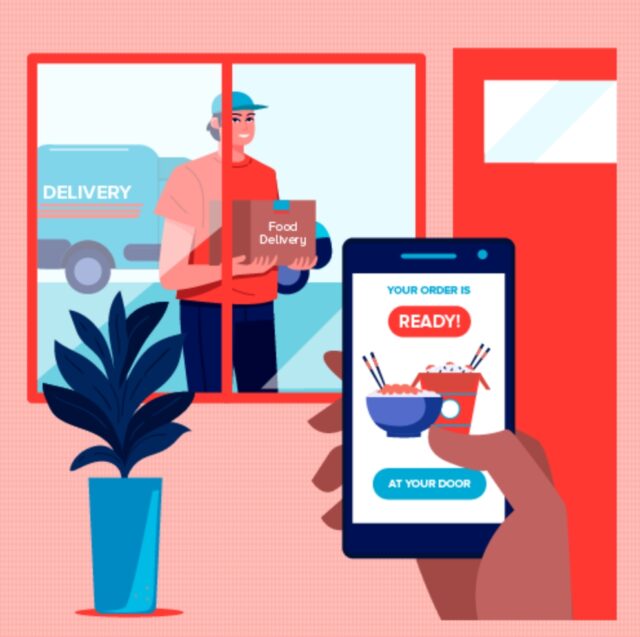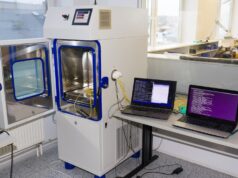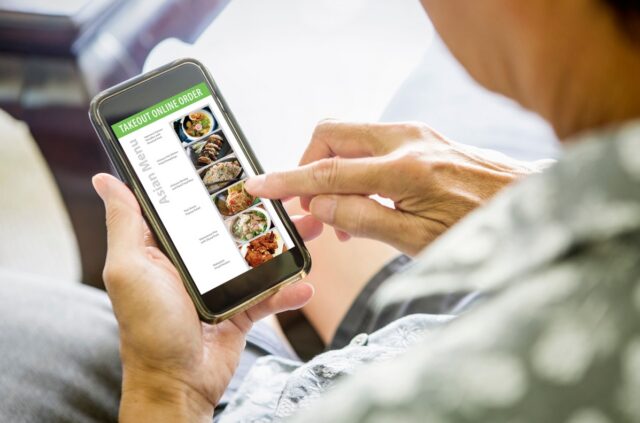
Having a restaurant app for your business is now a vital requirement in the current digital era. The revenue generated from restaurant apps worldwide is anticipated to surge to $39.4 billion by 2024, which is a significant increase from $17.6 billion in 2018, as reported by Statista. With an increasing number of customers using their smartphones and tablets for purchases and transactions, a restaurant app can aid in keeping your business relevant and competitive. This article will provide insight into the reasons for developing a restaurant app for your business, the benefits it offers, and how to build a restaurant app.
Advantages you can get from a restaurant app
Acquiring a restaurant app for your business presents numerous benefits. Firstly, it can enhance customer engagement and loyalty. By providing a hassle-free and customized experience, your patrons are inclined to revisit your eatery and recommend it to others. Secondly, a restaurant app can contribute to an increase in your sales and earnings. With the facility of online ordering, table reservations, and loyalty programs, you can entice and retain more customers, thus eventually augmenting your revenue. Lastly, a restaurant app can aid in streamlining your operations, enabling you to manage your inventory, personnel, and finances more proficiently.
Main Types of Restaurant Apps
Restaurant apps are becoming increasingly popular as they offer customers a convenient and hassle-free way of ordering food, making reservations, and accessing menus. There are different types of restaurant apps, each with its unique features and benefits. Here are the main types of restaurant apps with examples:
- Food delivery apps: These apps allow customers to order food from a variety of restaurants and have it delivered to their doorstep. Examples of food delivery apps include UberEats, GrubHub, DoorDash, and Postmates.
- Restaurant-specific apps: These apps are developed for a specific restaurant or chain and allow customers to order food, make reservations, and view menus. Examples include the McDonald’s app, Domino’s app, and Starbucks app.
- Reservation apps: These apps allow customers to make reservations at restaurants, view availability, and manage their reservations. Examples include OpenTable, Resy, and Yelp Reservations.
- Loyalty apps: These apps allow customers to earn rewards, discounts, and other incentives for frequenting a particular restaurant or chain. Examples include Chipotle Rewards, Panera Bread, and Starbucks Rewards.
- Recipe and cooking apps: These apps allow users to search for recipes, create grocery lists, and get cooking tips. Examples include Allrecipes, Tasty, and Yummly.
- Food review and discovery apps: These apps help customers discover new restaurants and read reviews from other users. Examples include Yelp, Zomato, and TripAdvisor.
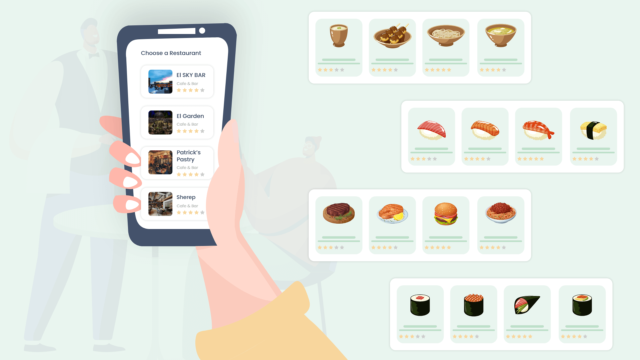
Restaurant App Development Stages
The success of a restaurant app depends on several stages, each of which plays a crucial role in its development. The following are the typical stages involved in developing a restaurant app:
- Planning: This stage involves close collaboration between the development team and the restaurant owner to comprehend their requirements, identify the app’s features and specifications, and create a project plan.
- Design: In this stage, the development team designs the app’s user interface and user experience through wireframes and prototypes. The design should be visually appealing, easy to navigate, and aligned with the brand’s identity.
- Development: The development team starts building the app’s backend and frontend in this stage, integrating features such as online ordering, reservations, loyalty programs, and payment systems.
- Testing: The development team tests the app in this stage to identify and resolve bugs, ensure that the app performs as expected, and that it is user-friendly.
- Deployment: The app is ready for deployment to app stores or other distribution channels in this stage.
- Maintenance and updates: After deployment, the app requires ongoing maintenance and updates to ensure its functionality and security. This involves addressing user feedback, fixing bugs, and updating features.
Every phase of the app development process plays a vital role in its triumph. Collaborating closely with the development team and stakeholders is imperative to guarantee that the app caters to the restaurant’s requirements, reflects its branding, and offers a smooth user interface. Adequate planning and testing can prevent glitches during development and guarantee that the app is delivered within the scheduled timeline and budget.
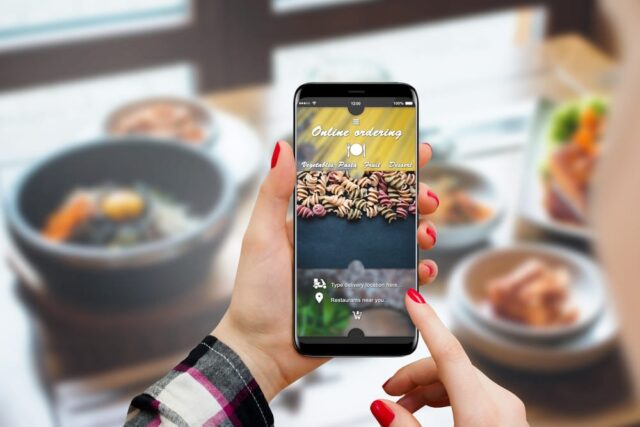
Time and Cost of Developing a Restaurant App
The time and cost of developing a restaurant app can vary significantly depending on the complexity of the app, its features, and the development approach used. Here are some factors that can affect the development timeline and cost:
- App features: The more features and functionality the app has, the longer it will take to develop, and the higher the cost.
- Development approach: The development approach used can affect the time and cost of the project. Developing a custom app from scratch can take longer and cost more than using an app builder or pre-built solution.
- Platform support: Developing an app that supports multiple platforms such as iOS and Android can take longer and cost more than developing an app for a single platform.
- Testing and revisions: Proper testing and quality assurance can take time and may require revisions, which can increase the development timeline and cost.
In general, the development timeline for a restaurant app varies from a few months to a year, depending on the aforementioned factors. The cost of app development can range from a few thousand dollars to tens or even hundreds of thousands of dollars, depending on the intricacy of the app and the development methodology employed.
To ensure the long-term success of your app, it is crucial to collaborate closely with your development team to identify your app’s requisites, establish a pragmatic timeline, and allocate funds appropriately. While budgeting for your app, it’s imperative to take into account the maintenance and support costs to ensure its continuous success.
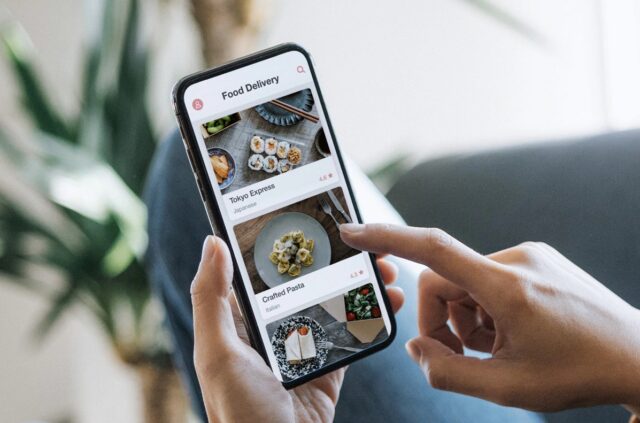
Conclusion
The development of a restaurant app can offer a plethora of benefits for both restaurant owners and customers. Restaurant apps provide an easy and seamless way to place food orders, reserve tables, and access menus, thereby boosting customer loyalty and increasing revenue. The development process for a restaurant app comprises several stages, such as planning, designing, developing, testing, deploying, and providing ongoing maintenance and updates.
The time and cost involved in developing a restaurant app may vary depending on the app’s complexity, features, and development approach employed. Collaborating closely with an experienced development team and stakeholders can ensure that the app caters to the restaurant’s needs, reflects its branding, and provides an exceptional user experience.
Overall, a well-designed and operational restaurant app can be an advantageous tool for restaurant owners to enhance efficiency, streamline operations, and amplify customer satisfaction.

